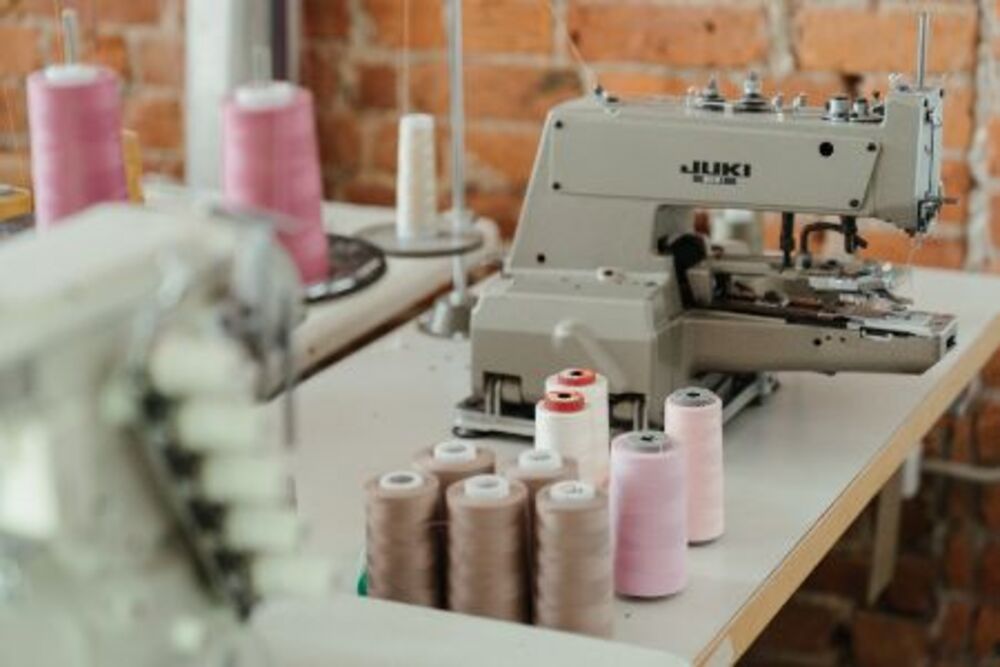Buying Portable Sewing Machines
Portable sewing machines can be an invaluable way to learn the fundamentals or quickly make repairs, like mending and hemming, on-the-go. Not to mention they make great travel companions!
Brother offers one of the lightest machines available, making this portable option easily fit in your crafting bag and offering 50 built-in stitches. Ideal for stretch materials or bulkier fleece, plus it even comes equipped with free-motion sewing capabilities!
Stitches
No matter if it is hand stitching or using a machine, beautiful stitches are always welcome. That is why some of the top portable sewing machines come equipped with multiple built-in stitches such as straight, zigzag and smocking stitches.
An array of stitch patterns gives you more options for handling more complex projects or different fabrics, while smaller machines with less stitch patterns may be suited to occasional sewing sessions. Look out for the best sewing and embroidery machine.
Depending on the model you select, portable sewing machines may also lack features like satin or zigzag stitching for appliques and buttonholes. They’re still useful for repairs to clothing such as holes or tears or quick hems but not suitable for quilting.
Power
When purchasing a portable sewing machine, its power consumption must be carefully considered. This factor will impact the price of your machine, so it is crucial that you know how often you plan on sewing each month.
If you plan on attending your local sewing circle, investing in a portable machine that runs off battery power might save money each month on electricity expenses.
If you plan on using your machine for extended periods, investing in a more powerful option could yield better results and allow you to sew through thicker materials more easily, as well as prolong its lifespan. You should keep weight in mind as well; some machines weigh over 20 lbs which might prove burdensome when traveling abroad with their sewing machine.
Noise
A good portable machine should be quiet enough that it won’t disrupt others in your household, enabling you to work late into the night if necessary without interfering with sleep. Thankfully, significant progress is being made toward making sewing machines quieter.
Noise pollution comes from internal components like needle, feed dog, bobbin and motor parts as well as poor lubrication practices, lint accumulation and out-of-balance surfaces – these all add up to create extra noise when operating at high speeds.
Solutions for excessive machine noise may include placing sound-absorbing material beneath it to reduce much of its noise output. Lubricating and cleaning the machine are also effective solutions; as is replacing its needle plate if it becomes disconnected. You should also try minimizing noise by positioning your machine further from walls or other objects that amplify sound waves.
Convenience
Some individuals invest in portable sewing machines in order to sew on the move. For instance, those offering sewing services or working at restaurants may require something they can bring with them in an emergency situation.
Most portable sewing machines are designed to be operated via either power cord or battery power, giving users more control of their projects than using battery powered models alone. While some might prefer battery options for their projects, others find plug-in versions provide them with greater freedom to create masterpieces!
iBesi Mini is an impressive little machine, designed to run on both four AA batteries or AC power. This machine also comes equipped with a foot pedal, sewing accessories and bobbins – an ideal way to introduce anyone new to hand sewing or children as it features quick fixes and mend needs for quick repairs at an economical price. Unfortunately though, thicker materials do not perform particularly well when sewing with this device.
